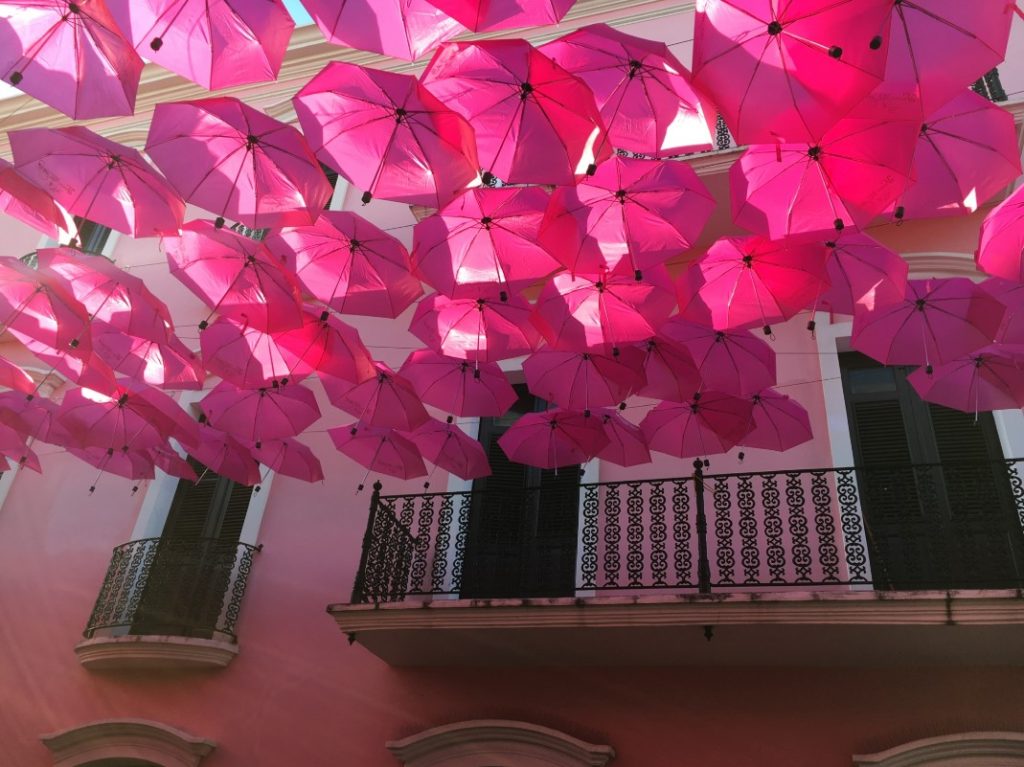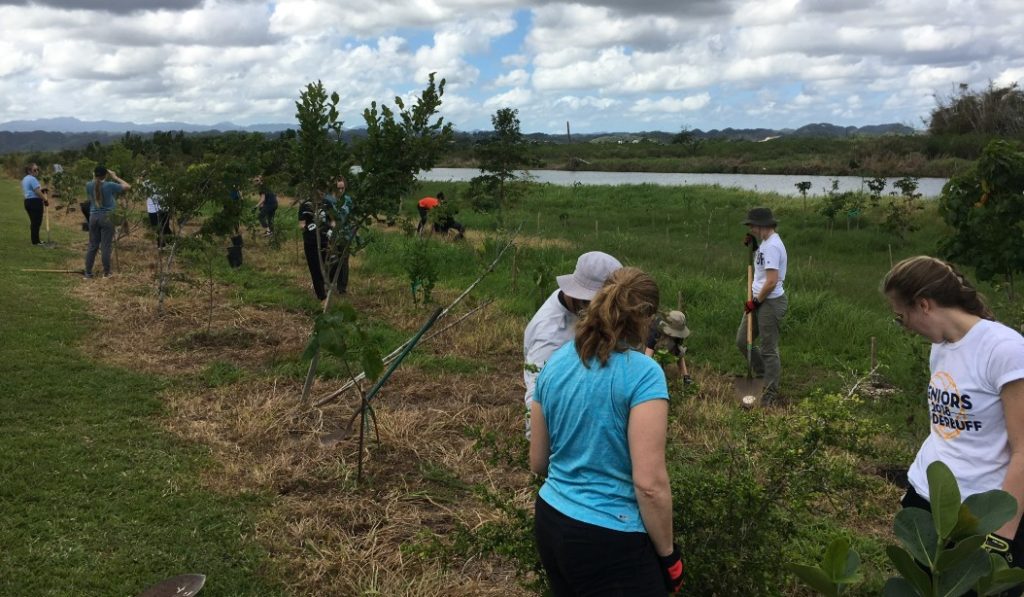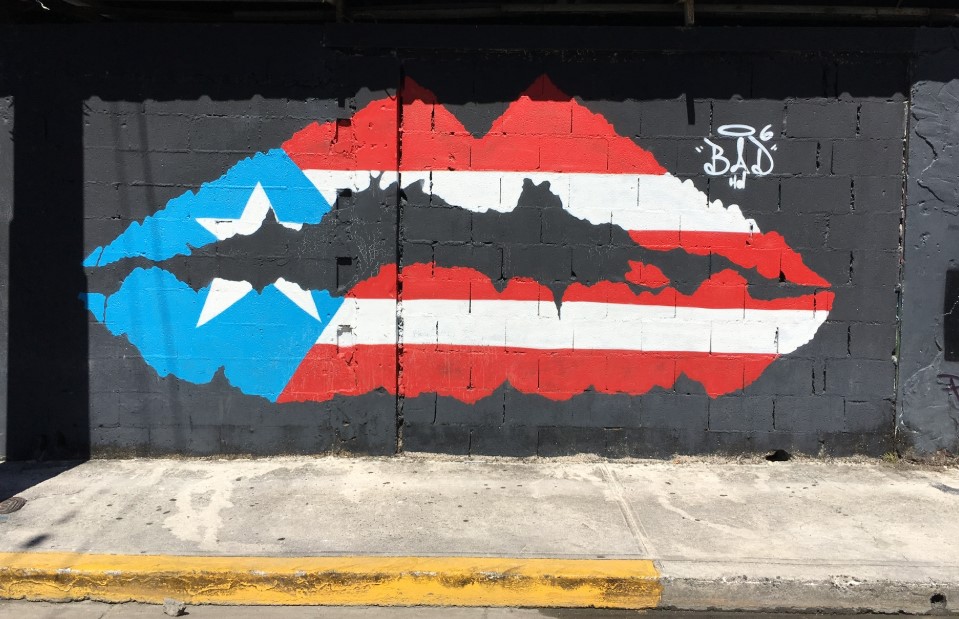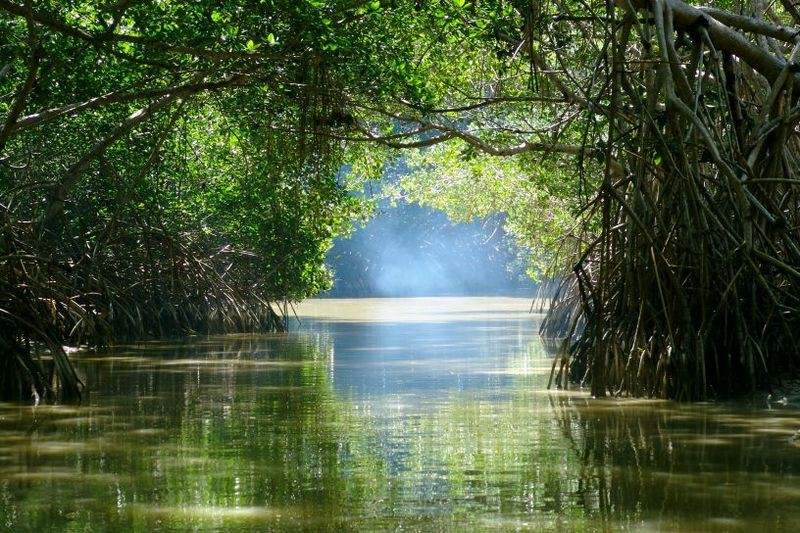
So, you’re traveling to Puerto Rico on a Service Learning tour, now what? Maybe the island’s new to you or maybe you’ve visited quite a lot (did you know, Puerto Rico is actually an archipelago?). Maybe you’re a conservation wiz and a pro at recycling, or maybe you’re still a little fuzzy on what your neighborhood’s recycling protocol is. And maybe you’re well acquainted with Service Learning, or maybe this is your first time learning through service projects.
No matter where you fall on the spectrum of these things, we’re very excited to have you.
To prepare you and your students for the journey ahead, we’ve compiled a handful of resources that will help you get to know the ‘where,’ the ‘what,’ and the ‘why’ of this tour!

Why: Service Learning
You are traveling on this itinerary because you’re excited to participate in hands-on work alongside locals.
You chose this itinerary because you’re curious to know more about projects that local nonprofits and NGOs selected and deemed important.
You are excited about this itinerary because Service Learning is the combo of service work and learning. On the trip, you’ll have the chance to sweat, soak in someone else’s story, get your hands dirty, eat traditional, homemade food, talk about global issues like life on land, life below water, good health & well-being, and of course have a ton of fun!
The UN Sustainable Development Goals are a great resource when you’re trying to delve into the impact of some of the work you’re doing. And the World’s Largest Lesson can help you to bring those goals to the classroom.

Where: Puerto Rico
For more information on the island and what to expect when on tour check out our Travel Guide. And if you want to delve deeper into Puerto Rico’s environmental history check out some of these articles:
- 99% Invisible: 327-A Year in the Dark
- 99% Invisible: 341- National Sword
- Puerto Rico’s own Green New Deal

via ask nature
What: Conservation & Sustainability
On tour, you’ll get the chance to experience Puerto Rico’s lush, tropical landscapes as you help restore and protect the island’s valuable natural resources.
Watch how this partner organization from the Dominican Republic is similarly making a difference with mangroves. You can also read about how mangroves are ‘coastline protectors’ under the Human Connection section–mangrove reforestation is so important in Puerto Rico.
And when you undoubtedly return home after tour energized, and ready to make a difference, read to the bottom of this article from Ocean Conservancy to learn how you can help impact our plastic problem.
“Each year, an estimated eight million metric tons of plastic flows into the ocean. That’s an entire dump truck of plastic emptying into the ocean every single minute of every single day, 365 days a year—that’s not sustainable for people, the planet or our ocean.”
Every time I return home from traveling, I come with a new cluster of stories; about people I met, the craziest thing I ate, a beautiful spot I discovered, or fun facts about the destination(s) I visited. For example, there is a legend about the mountains in Adjuntas, Puerto Rico. If you look closely, you’ll see the shape of ‘El Gigante Dormido’ or the Sleeping Giant. Legend says that this colossus creature was the only inhabitant of the region, towering above the highest peaks and taking up the entire valley when he lay down to sleep.
Stories—those that you make or those that you learn—are powerful. So as you prepare to learn new stories and make your own, I leave you with one last video about The Danger of a Single Story, as explained by novelist Chimamanda Ngozi Adichie.
“…if we hear only a single story about another person or country, we risk a critical misunderstanding”
So, go off to Puerto Rico! Enjoy the beautiful island & culture, learn a lot, do a lot, and HAVE FUN.
Buen viaje! Have a good trip!
Related articles
